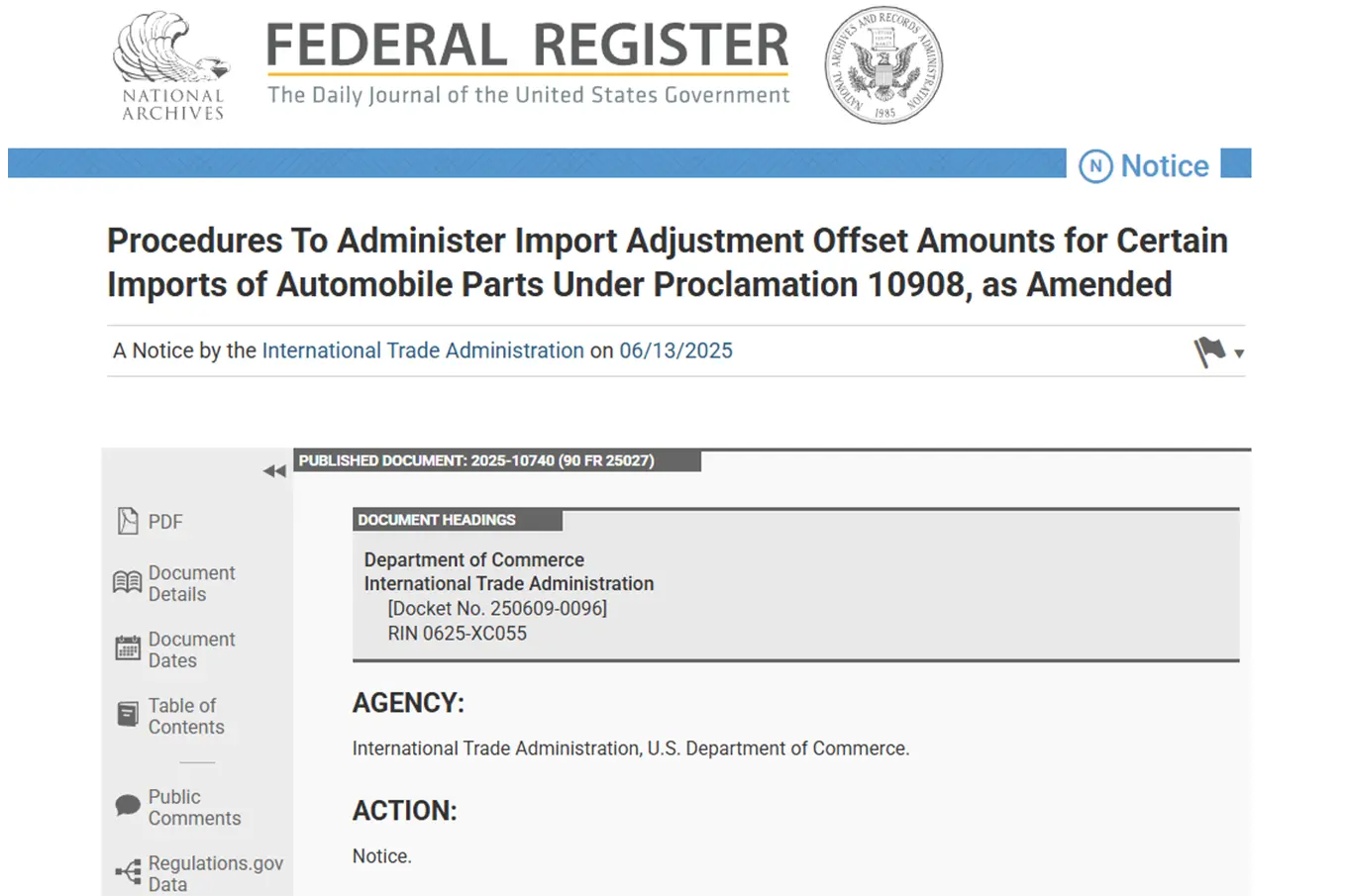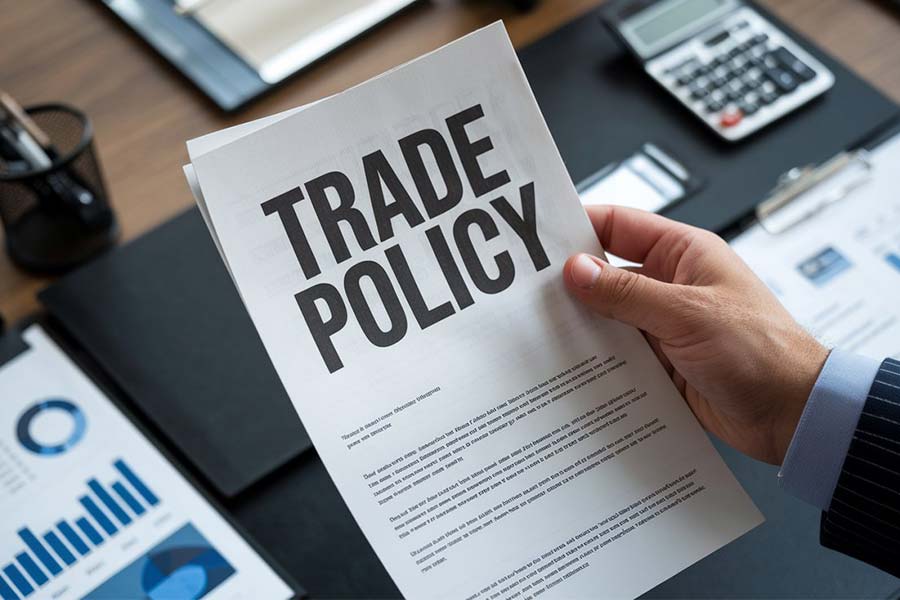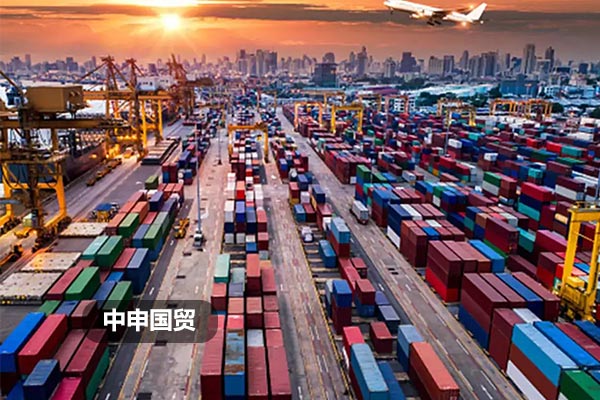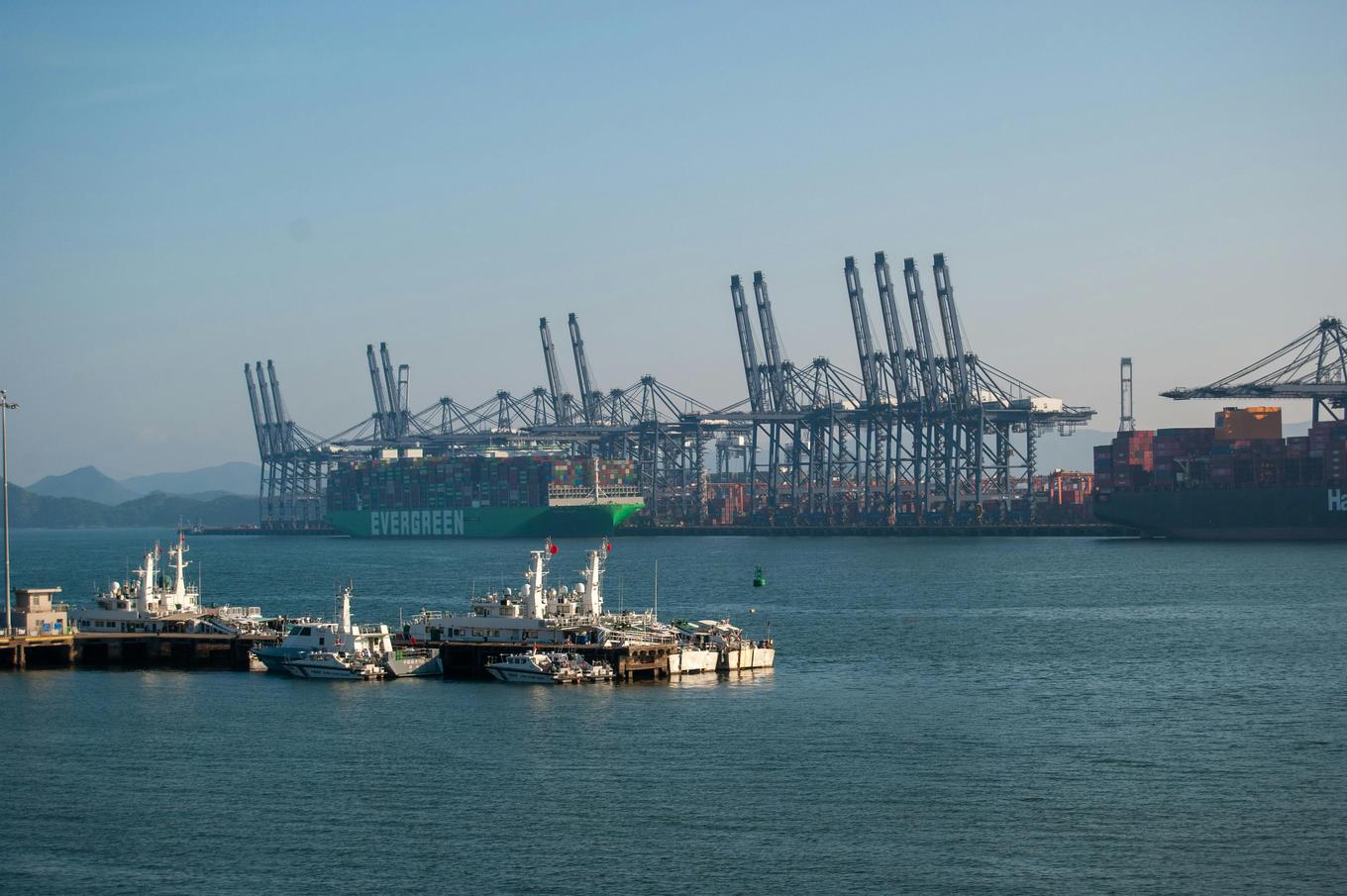- Shanghai Zhongshen International Trade Co., Ltd. - Two decades of trade agency expertise.
- Service Hotline: 139 1787 2118
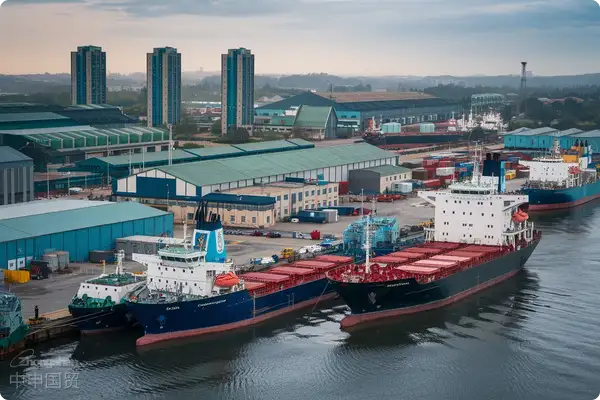
Key Interpretation of Import Duty-Free Equipment Policies
According to the latest 2025 revised Catalogue of Nationally Encouraged Import Technologies and Products, equipment meeting the following conditions can enjoy import tariff and VAT reductions:
- Industry Orientation Restrictions: Strategic emerging industry equipment such as intelligent manufacturing and biomedicine
- Technical Advancement Requirements: Technical parameter certification issued by an international certification body is required
- Equipment usage restrictions: Must be used for independent R&D or technical transformation by enterprises
- Import time limit regulations: Customs clearance procedures must be completed by December 31, 2025
- Post-import supervision requirements: The intended use cannot be changed without authorization within 5 years from the date of import
Three core values of professional agency services
The fundamental difference between high-quality agency service providers and traditional customs brokers is reflected in:
- Policy anticipation capability
- Early warning system for catalog adjustments 6-12 months in advance
- Establish equipment technical parameter database comparison system
- Risk avoidance system
- Set up customs audit response plan database
- Develop equipment usage tracking system
- Cost - optimization solutions
- Link with R&D expense super deduction policy
- Integrate cross-border transportation insurance package solutions
Major changes in declaration procedures for 2025
Three key features of operation procedures after new declaration system launch:
- Standardization of electronic documents
Technical parameter tables must adopt the ISO 28560 standard format, and drawing documents must use PDF/A archival format
- Visualization of audit nodes
Declaration progress is subdivided into 12 status nodes, with a 48-hour anomaly warning mechanism set for each stage
- Intelligent follow-up supervision
Customs will randomly retrieve equipment operation data, and enterprises must submit monthly equipment usage logs
Analysis of common cognitive misconceptions among enterprises
- All imported equipment can be exempt from duties,
The 2025 catalog removes 37 categories of equipment, including traditional processing machine tools and ordinary testing instruments
- Once the duty exemption application is approved, everything will be fine,
Starting from 2025, a full lifecycle traceability system for equipment will be established, and non-compliant enterprises will be included in the credit blacklist
- Handling it yourself is more cost-effective,
Calculations show professional agents can reduce 62% of compliance costs and shorten 45% of customs clearance time
- Policy changes are unrelated to existing projects,
New 2025 regulations require all in-transit orders to reconfirm technical parameter filing status
2025 policy response strategy recommendations
- Establish a dual-track declaration system
Prepare both paper documents and blockchain-certified dual-version materials simultaneously
- Implement digital twin management for equipment
Synchronize real-time operational data to customs supervision platforms through IoT devices
- Build risk hedging mechanisms
Reserve 5% tariff deposit to address the risk of dynamic catalog adjustments
Related Recommendations
? 2025. All Rights Reserved. Shanghai ICP No. 2023007705-2  PSB Record: Shanghai No.31011502009912
PSB Record: Shanghai No.31011502009912

